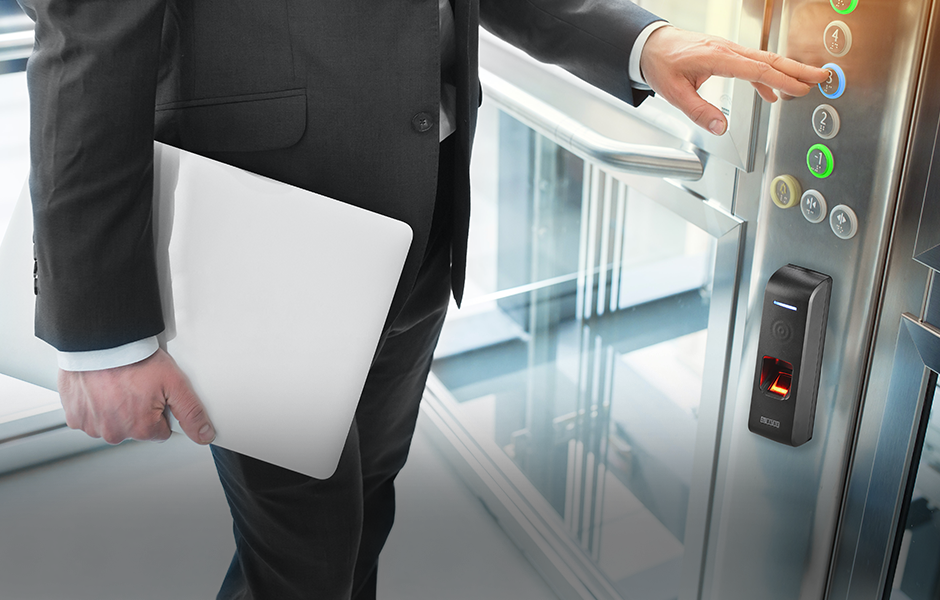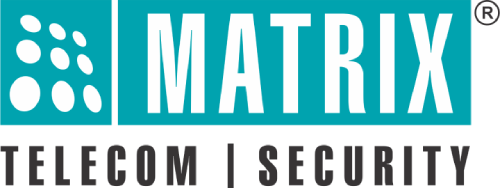
Security concerns in the modern world have become more diverse. These are the times when both physical assets and intellectual assets are in constant danger. Access control solutions have now become a basic necessity both in corporate and in personal worlds. The need for security has brought a lot of improvisation in the domain of access control.
Be it corporate buildings or housing buildings, access control has become synonymous with a safe environment. One element common among these types of buildings is the Elevator. An element so common yet the security blunders concerning elevator access have been huge.
The elevator is one of the high-traffic areas that is exposed to various security challenges. The challenges that an accessible elevator poses undermine all traditional security. For example, the etiquette – holding the elevator door for someone, is contrary to the aspect of elevator security.
This blog is all about understanding the need for elevator access control. We will also see how to safeguard against vulnerabilities.
What is Elevator Access Control?
Elevator Access Control is like securing a door or an entry point. An elevator access control system uses entry access as well as limited access. Its design helps to assess individuals through their credentials. Then provide them with access as per their specific user permissions.
Thus, people can enter elevators but can only access floors that are ‘open’ to them. This helps in barring people from entering specific floors in the building system that requires a special identity for entry.
For example, employees working in the Marketing department have access to their floor. They will also have access to the cafeteria, fitness center, and other accessible floors. But they do not have access to the floors belonging to the accounting department, R&D department, etc.
How is it different from typical access control devices?
A simple entry access device works to keep a tab on the lock and provide access to the ones with the right credentials. Compared to this, an elevator access control system is more dynamic in action and installation.
The installation of elevator access control needs a simple integration with the main control panel. You can integrate such access control systems into the existing elevator systems.
What are the vulnerabilities elevators are prone to and their solutions?
The main vulnerabilities observed in an elevator and their solutions are as follows:
1. Some people share their ‘rides’ unknowingly. This gives an unauthorized person free access to other floors which was otherwise inaccessible. This is troublesome if the traffic is heavy.
- SOLUTION: This type of intrusion can be limited by setting up access controlling entrances on the main floor from where people enter the elevator. This helps in limiting access to people with rightful credentials.
2. There is also the chance of intruders simply waiting in the elevator so that it leads to their desired floor destination. In the case of high traffic elevators, this can be achieved within a few minutes.
- SOLUTION: To prevent this sort of intrusion, you will need to set up access limiting devices on floors that require extra security. Thus, only the ones with the right credentials can enter and forced entry becomes easily detectable. You can also integrate your access control system with your video surveillance and communication systems, enabling easy detection of people beyond credentials.
3. There have been observed cases of ‘piggybacking’. In this, the second individual presses another floor button immediately after an individual with multi-floor access has used their credentials and picked their floor.
- SOLUTION: It is a good practice to limit the button push to one per swipe for such situations. This practice can also help you know the person traveling, their destination floor, and their time. You can also limit this activity by setting strict restrictions on the usage of swipe cards for both calling the elevator car and picking the destination floor.
4. In case of fire in the building, a lot of panics happens throughout the floors, especially if it takes time to access credentials and open the elevator. This can cause chaos and further harm more people.
- SOLUTION: To limit such chaos, you can integrate your elevator access control with your fire alarm system. This helps in removing the restrictions of the elevator and access limiting devices, allowing people to move quickly without any use of credentials.
The usage of instant notification will let the concerned authorities be notified of the activation of ‘Fire Service Mode’. Dispatching security and firemen will help you to move out people.
These vulnerabilities require special patches and controls such as single button swipe feature, notification feature, etc so that you can prevent any security breach into the building.
What are various Elevator access control systems available?
While they are different from any door-based access device, elevator access control systems majorly use the same devices for credential input. Let us look into various access devices for elevators:
1. Devices with PIN input for access
2. Devices with a swipe card for access
3. Devices with biometric scanners
4. Devices with push-button PIN input
5. Devices with key switch
Among the above-mentioned devices, devices with push-button PIN input and with key switches are elevator-specific systems. As per your security concerns, requirements, and budget, you can select a security solution that helps you secure the premises from unwanted access.
Conclusion
Compartmentalizing a building becomes easy with an elevator access control system. With so many options to choose from, it requires a lot of research work to find the right one suiting your needs.
You can also reach out to our experts with your queries to resolve your worries about finding the perfect elevator access systems matching your needs. Drop your inquiries at inquiry@matrixcomsec.com

